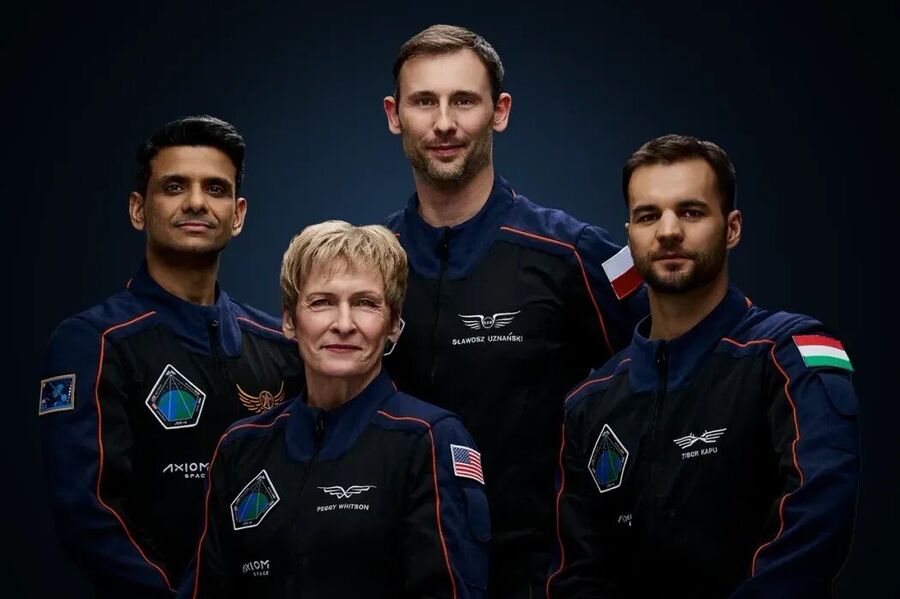Axiom Mission 4 Launches from Kennedy Space Center
Witness History: Axiom Mission 4 Launches from Florida’s Space Coast in 2025
Axiom Mission 4 (Ax-4) represents a significant milestone in the evolution of international spaceflight, exemplifying the growing role of commercial partnerships in low-Earth orbit (LEO) exploration. Spearheaded by Axiom Space and supported by NASA and its global partners, this mission is designed to integrate both private and national astronauts into the fabric of space station activity. Launching no earlier than spring 2025 aboard a SpaceX Dragon spacecraft, the Ax-4 mission reflects a broader shift toward collaborative, commercially driven access to space. Its mission objectives include scientific research, educational outreach, and commercial initiatives—elements that contribute to the emerging LEO economy.
What distinguishes Ax-4 is its unprecedented international makeup: it marks the first time astronauts from India, Poland, and Hungary will journey to the International Space Station (ISS). This will also be the first time these countries—each making only their second human spaceflight mission in history—will have government-sponsored astronauts aboard the ISS. India’s Shubhanshu Shukla, Poland’s Sławosz Uznański-Wiśniewski (a European Space Agency project astronaut), and Hungary’s Tibor Kapu join an elite lineage of astronauts representing their nations. Their participation signals a new era of access and inclusion in space exploration, thanks to Axiom Space’s vision of democratizing human spaceflight.
Commanding the mission is Peggy Whitson, a seasoned astronaut and the current director of human spaceflight at Axiom Space. Whitson is renowned for holding the record for the longest cumulative time spent in space by an American astronaut. Her leadership on Ax-4, following successful command roles on Axiom Missions 2 and 3, underscores her pivotal role in bridging government and commercial space efforts. With Whitson at the helm, the Ax-4 crew brings a diverse range of skills, scientific knowledge, and cultural backgrounds that highlight the mission’s global significance and potential for fostering international cooperation in space.
The Ax-4 mission also reflects NASA’s broader strategic transition in LEO. As the agency looks to reduce its direct operational role on the ISS and refocus on Artemis missions to the Moon and eventually Mars, it is nurturing a robust commercial presence in space. NASA aims to become one of many customers purchasing space station services from commercial providers, thus enabling more cost-effective science and research in microgravity. This vision includes cultivating a sustainable LEO economy through partnerships like those with Axiom Space, which provide new opportunities for nations, private industry, and educational institutions to conduct space-based activities.
Ultimately, Axiom Mission 4 represents not only a major step in private spaceflight but also a platform for national pride, scientific advancement, and global collaboration. With each astronaut representing the hopes and ambitions of their respective nations, the mission reinforces the notion that space is no longer the domain of a few superpowers but a shared frontier open to those with the vision and determination to reach it. As Peggy Whitson expressed, the mission stands as a testament to human ingenuity and teamwork, aiming to inspire future generations to imagine a future where space exploration is both accessible and essential to global progress.
When will Axiom 4 mission Launch
